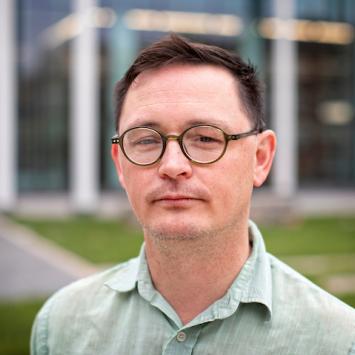The Hidden Cost of University Patents
Abstract
Universities are encouraged to undertake research through grants from government agencies, foundations, and other organizations. The Bayh-Dole Act reinforces this incentive structure by allowing universities to take ownership of the resultant patents. Included in these rights is the ability to generate income by licensing patents and bringing patent infringement lawsuits. Undoubtedly, exercising these rights to financially benefit the university is economically rational. But might such actions also impose a cost on the public despite the fact that these very patents arose from public research subsidies?
This study examines the relationship between a university’s research expenditures and its likelihood to litigate patent infringement claims. It finds that research expenditures increase litigation frequency, suggesting that universities may use funds earmarked for research and innovation on patent litigation. We argue that patent rights provided by the Bayh-Dole Act may motivate this phenomenon—which encourages universities to seek rents, rather than pursue innovation. Our study adds to the extant literature about firm behavior, describing universities as vertical integrators as well as horizontal coordinators. It further suggests that these coordinations inure to a university’s private benefit—but not necessarily the benefit of the public, for which universities are ostensibly organized.







